| Structure | Name/CAS No. | Articles |
|---|---|---|
 |
SB202190 (FHPI)
CAS:152121-30-7 |
|
![5-(((2,5-DIOXOPYRROLIDIN-1-YL)OXY)CARBONYL)-3-OXO-3H-SPIRO[ISOBENZOFURAN-1,9'-XANTHENE]-3',6'-DIYL DIACETATE Structure](https://image.chemsrc.com/caspic/155/150206-05-6.png) |
5-(((2,5-DIOXOPYRROLIDIN-1-YL)OXY)CARBONYL)-3-OXO-3H-SPIRO[ISOBENZOFURAN-1,9'-XANTHENE]-3',6'-DIYL DIACETATE
CAS:150206-05-6 |
|
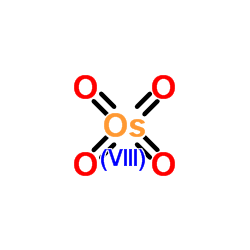 |
Osmium tetroxide
CAS:20816-12-0 |
|
 |
Acetyl chloride
CAS:75-36-5 |
|
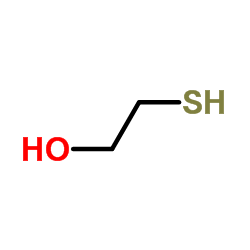 |
mercaptoethanol
CAS:60-24-2 |
|
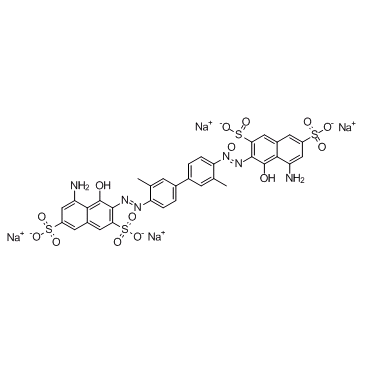 |
Direct Blue 14
CAS:72-57-1 |
|
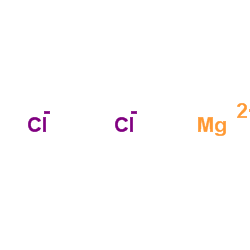 |
Magnesium choride
CAS:7786-30-3 |
|
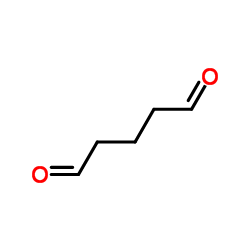 |
glutaraldehyde
CAS:111-30-8 |
|
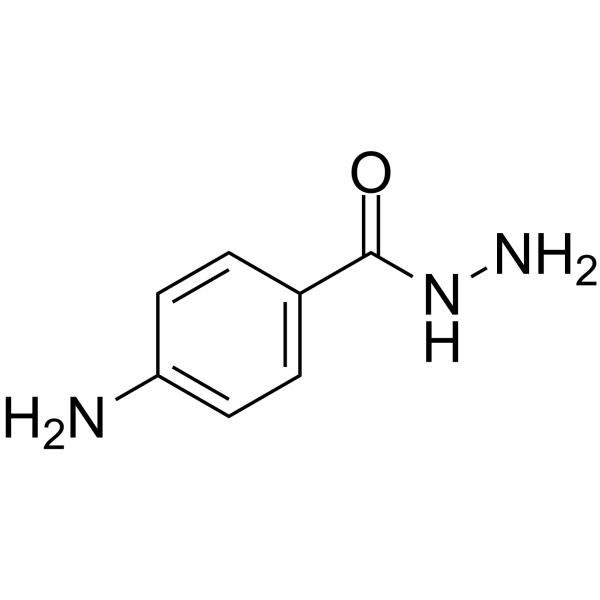 |
ZMVR DZ
CAS:5351-17-7 |
|
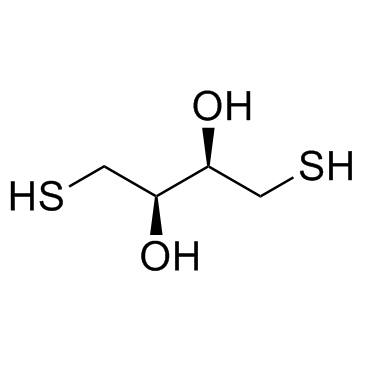 |
DL-Dithiothreitol
CAS:3483-12-3 |